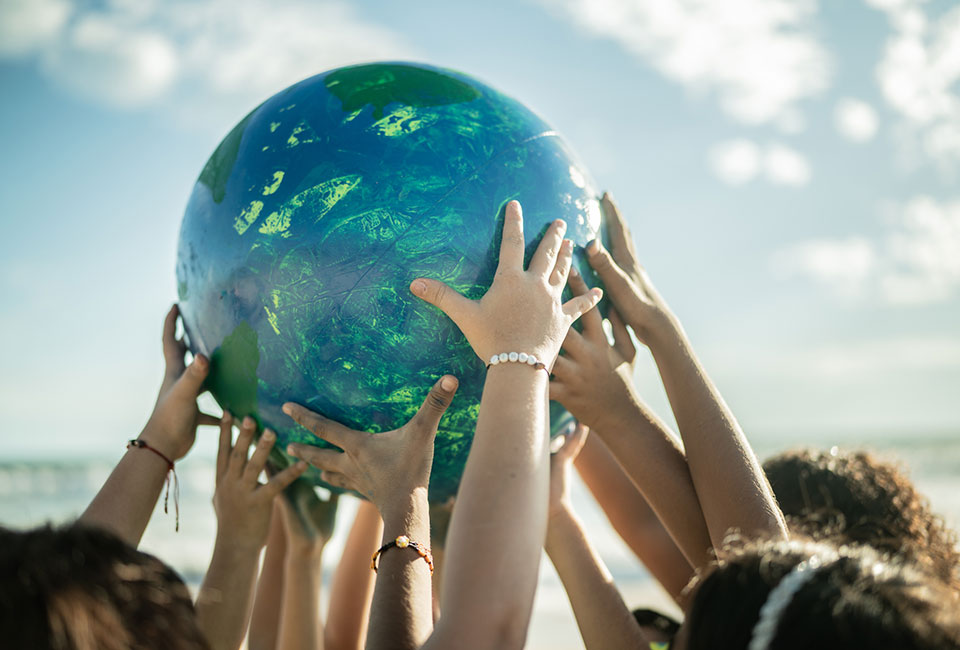
The World Peace Index shows that the number of deaths in conflicts has reached its highest level this century. The impact of violence on the global economy has also increased.
New data show that the number of deaths from conflict in Ethiopia is higher than that in Ukraine, surpassing the previous global peak during the war in Syria. 79 countries recorded increased levels of conflict in 2022, including Ethiopia, Myanmar, Ukraine, Israel, and South Africa. Conflict is increasingly international, with 91 countries now involved in some form of external conflict, up from 58 countries in 2008, with 92 countries increasing their military spending and 110 decreasing their military personnel. The number of refugees and internally displaced persons continues to grow worldwide; there are now 15 countries where more than 5% of the population has been displaced.
Regional and global conflicts on the rise
The 17th edition of the annual Global Peace Index (GPI) published by the international think tank ‘Institute for Economics and Peace’ (IEP) shows that the average level of global peacefulness deteriorated for the ninth consecutive year, with 84 countries showing improvement and 79 showing deterioration. Ten of the 23 GPI indicators improved, 11 deteriorated, and two showed no change. The greatest deteriorations were in external conflict and fatalities from internal conflict. Other notable deteriorations were in relations with neighboring countries and political instability, which worsened in 59 countries. The deteriorations were greater than the improvements, as increases in civil unrest and political instability remain high, according to COVID, and regional and global conflicts are on the rise.
Afghanistan is the least peaceful country
The shift in the global distribution of conflict continued, as major conflicts in the Middle East and Northern Africa (MENA) region and South Asia declined, while conflicts in sub-Saharan Africa, Europe and the Asia-Pacific region increased. The Russia and Eurasia region saw the greatest deterioration in peace readiness globally.
Iceland remains the most peaceful country, a position it has held since 2008, followed by Denmark, Ireland, New Zealand, and Austria. For the sixth consecutive year, Afghanistan is the least peaceful country, followed by Yemen, Syria, South Sudan, and the Democratic Republic of Congo. Improvements in peacefulness were noted in both Afghanistan and Syria, highlighting the changing dynamics of conflict. Ukraine's overall score recorded a 13% decline, representing the largest deterioration in the 2023 GPI. The country now ranks 157th. Libya recorded the largest improvement in overall peacefulness, improving by 7% and rising 14 places to 137th.
Economic impact of violence has increased
The impact of violence on the global economy increased by 1 trillion US dollars to a record 17.5 trillion dollars. This is equivalent to 13% of global GDP, or about 2'200 dollars per person. This is due to higher military spending because of the Ukraine war. A Chinese blockade of Taiwan would also result in a 2.7 trillion dollar decline in global economic output, nearly double the loss caused by the 2008 global financial crisis. The economic impact of the violence varies widely: in the ten most affected countries, the decline in GDP averaged 34%, while in the ten least affected countries it was only 3%.
Militarization goes hand in hand with technologization
Although there are more wars, more countries are directing their military spending to other priorities, such as health care, education, infrastructure, and pandemic recovery. Improvements in militarization have been widespread, affecting every region in this regard. However, total military spending has increased by 17% since 2008, with the largest increases in China (180 billion USD), the United States (70 billion USD), and India (40 billion USD).
Drones are increasingly being used in conflicts, including in Ukraine, Ethiopia, and Myanmar. The total number of drone attacks increased by 41% in 2022, with the number of different groups using drones increasing by 24%.
The full ‘Global Peace Index 2023’ can be found at this link